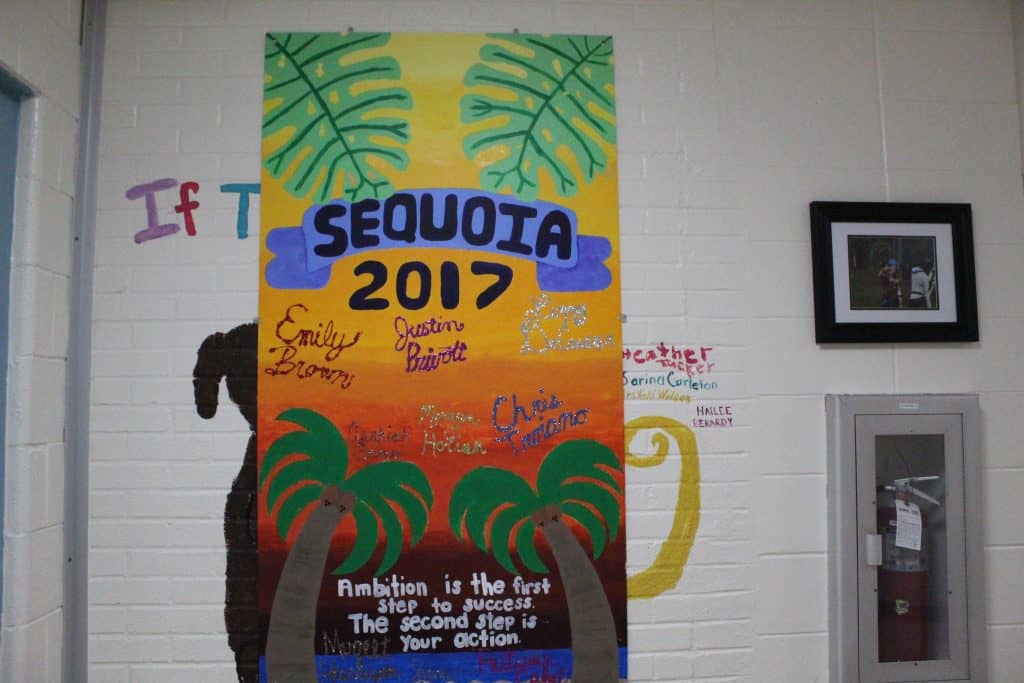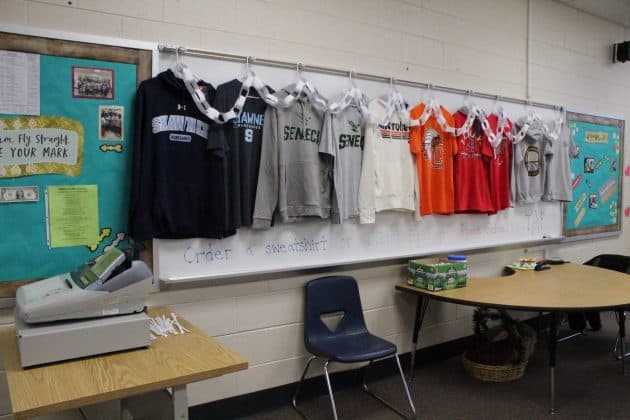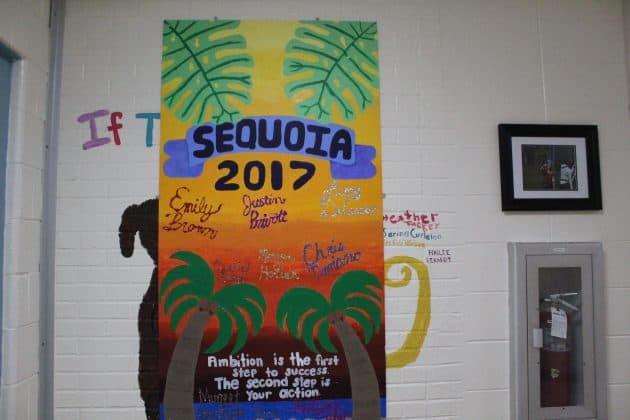
Right off of Route 73 in Marlton is an alternative program at the Lenape Regional High School District that has long provided students the instruction and climate they need to succeed.
Ben Lamberson, program director and principal, said some people associate the Sequoia Alternative Program only with students who have misbehaved in their home schools (Shawnee, Cherokee, Lenape and Seneca).
But students also are in the program because of a range of issues: anxiety, depression, autism or school avoidance. Some students require a more intimate high school instruction.
“Our goal is to create a learning environment where students can feel safe and comfortable and able to learn,” Lamberson explained of the 28-year-old school. “We work hard to create a culture and climate where students have a voice; they feel a sense of belonging and, most importantly, it’s a place where they can thrive and succeed.”
Not all students in the program have been directed there by district officials.
“Either the parents realize the students need a smaller, more supportive environment, or the students themselves have made a request,” Lamberson revealed.
Over 40 courses are available at Sequoia, including clubs and activities. Students adhere to the district’s rules for extracurricular participation and some return to their home schools to participate in sports.
Roughly eight students make up a full classroom at Sequoia, which offers courses that include computer programming, calculus, web design and photography. Accelerated, modified, college preparatory and pullout replacements are available for students.
Lamberson noted that the retention rate of Sequoia’s teachers is high; some educators have been in the program since its 1992 inception.
Students in the program often rejoin their home schools, a transition Lamberson helps coordinate with each school’s respective child study team, case workers, principals and counselors.
“Students who struggle with mental health issues have integrated group counseling weekly,” Lamberson explained. “Students are paired with a counselor and like-minded students, and one day a week they’ll go to lunch, report to the counselor’s office and have that integrated group counseling.”
Each Sequoia student has his or her own version of success, something Lamberson helps with as graduation nears. One former student struggled with school avoidance, so the principal went outside to greet her each morning and lead her to his office.
“She’s done so well that I send her back to Shawnee for a physics class,” Lamberson enthused. “We went from not being able to go to school at all, to just getting to the front doors, to then being academically successful and doing exceptionally well on her SATs and getting accepted to college.”
Sequoia is not all different from its sister high schools, with awards that include educator of the year and student of the month.
“Whatever we can do to celebrate their success,” Lamberson noted. “Their teachers will write a positive referral and I’ll make a positive phone call home and they receive a TAP Cafe gift card where they can get a coffee, water or whatever.”
Lamberson believes Sequoia redefines success for each student who enrolls.
“Success is individualized,” he explained. “It is relevant depending on what a student’s abilities are and their needs.
“For us, success is a kid who is accomplishing everything they’re capable of.”
Students are provided with a wealth of opportunities to give back to their communities, a way for outsiders to learn who each Sequoia pupil is and the impact the program has had on them.
“We have a lot of parents who are vocal and supportive of our programs,” Lamberson said with obvious pride. “It’s something that we talk about often because there’s that negative connotation associated with alternative programs.
“Everyone thinks Sequoia is the place where bad kids go and it’s not. The parents, students and community know what our kids are capable of and how great they are.”











